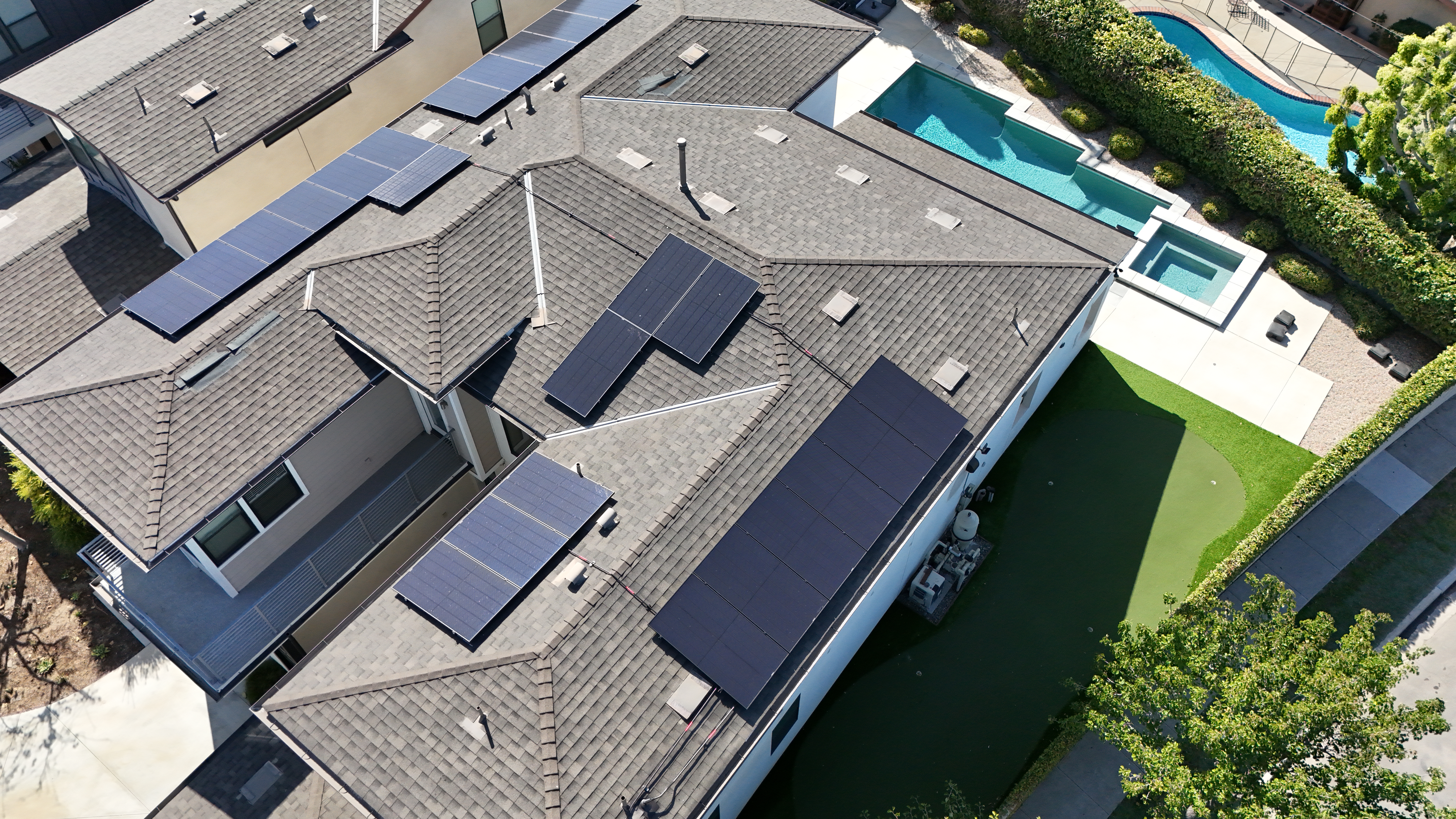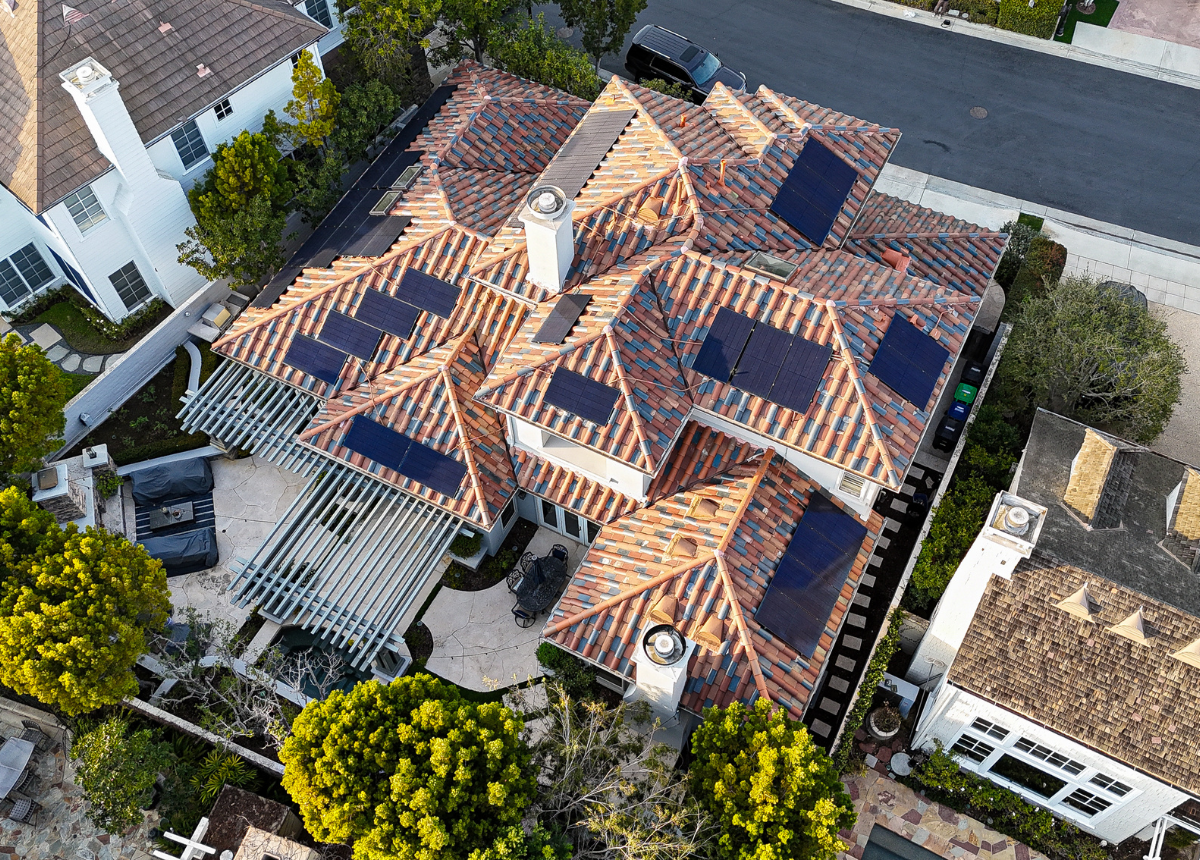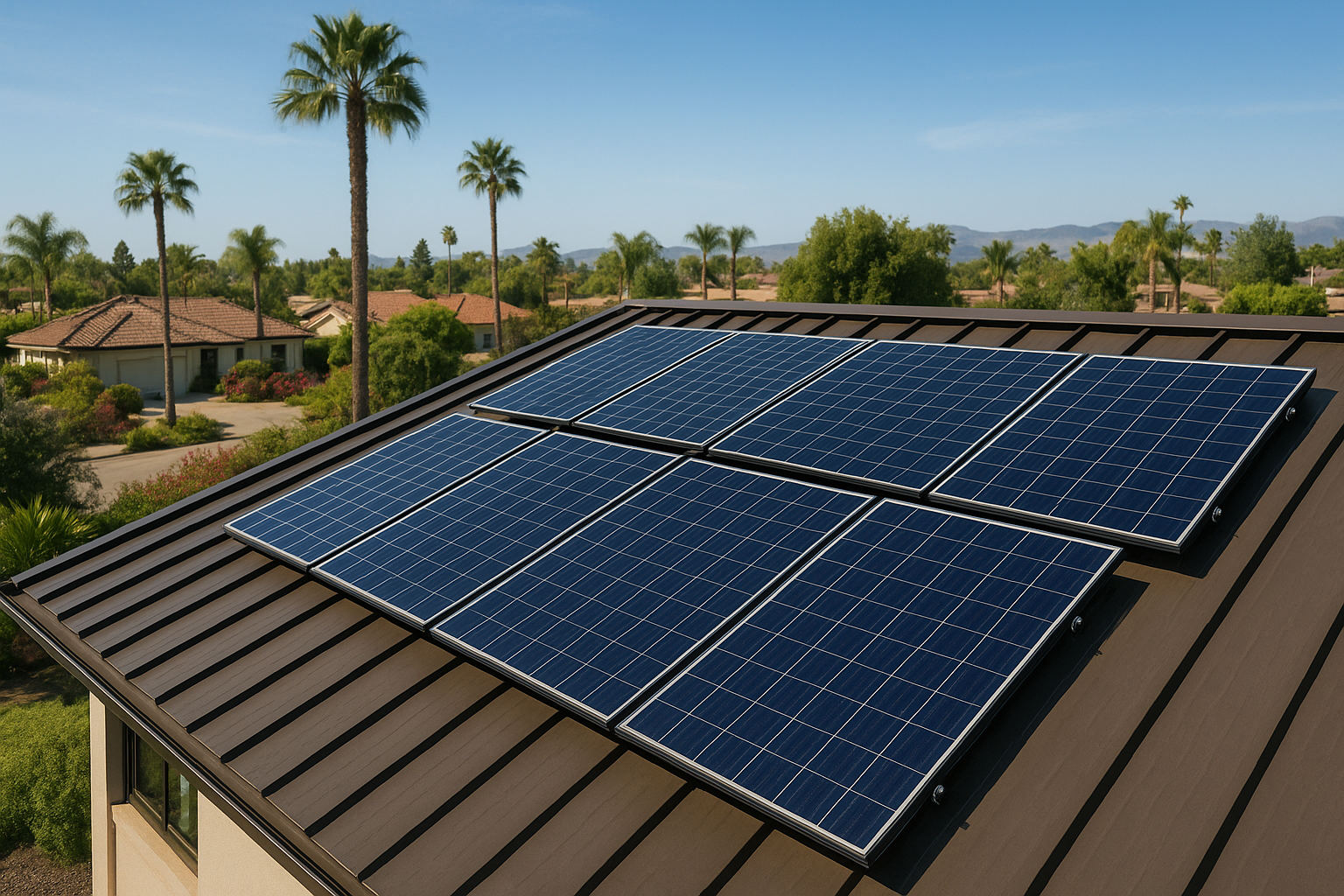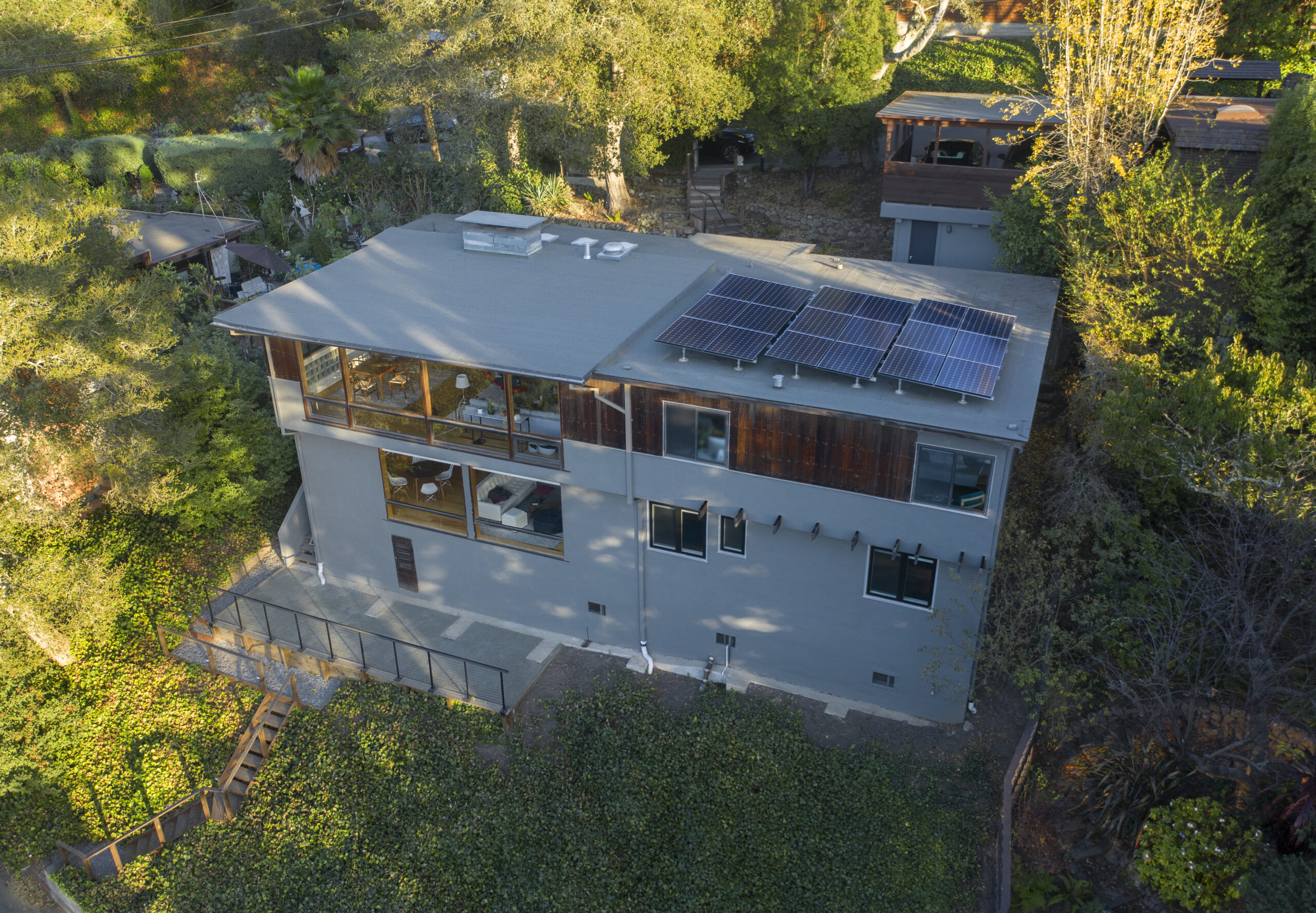Installing solar panels is one of the smartest investments a homeowner can make. It lowers utility bills, increases home value, and provides long-term energy independence. However, before making the switch, it is essential to ask one key question: Is my roof suitable for solar panels?
Your roof determines how efficiently your system will perform. The material, angle, direction, and condition of your roof all influence how much sunlight your panels can capture and how easy the installation will be. Here is what every homeowner should know before going solar.
Why Roof Type Matters for Solar
Solar panels work best on roofs that are sturdy, sun-exposed, and easy to mount on. While most homes in Southern California are solar-friendly, some roofing materials make installation smoother and more cost-effective than others. The right combination of structure and sunlight will help your system produce maximum energy for decades to come.
The Best Roof Types for Solar
Composition Shingle Roofs

Asphalt shingles are the most common roof type for residential homes and one of the best materials for solar. The panels can be securely mounted without compromising the roof’s integrity, and installation is typically fast and affordable.
|
Pros
|
Cons
|
Tile Roofs (Clay or Concrete)

Tile roofs are popular throughout Southern California, but they require extra care during installation. Installers often remove and replace tiles around the mounting brackets to create a watertight seal. Clay tiles are more delicate, while concrete and composite tiles provide stronger support.
|
Pros
|
Cons
|
Metal Roofs

Standing seam metal roofs are one of the most solar-ready options available. Mounting brackets can be attached directly to the seams, eliminating the need for drilling and minimizing the risk of leaks. These roofs are extremely durable and can last longer than the solar panels themselves.
|
Pros
|
Cons
|
Flat Roofs

Flat roofs are common on modern or commercial-style homes. Since they do not have a natural slope, solar installers use racking systems to tilt panels toward the sun. This design flexibility allows panels to be positioned at the most efficient angle for your location.
|
Pros
|
Cons
|
Wood Shake or Slate Roofs
Wood shake and slate roofs are visually appealing but not ideal for solar. These materials are fragile and can crack easily during installation. Homeowners with these roof types may want to consider re-roofing or upgrading to a more solar-friendly material before installation.
|
Pros
|
Cons
|
Should You Reroof Before Going Solar?
If your roof is more than 15 to 20 years old or shows visible wear, it may be worth replacing or repairing before going solar. Once panels are installed, removing them for roof work can be time-consuming and costly.
For homeowners who need a new roof and want to go solar at the same time, OC Solar offers several integrated solutions, including the Tesla Solar Roof. Unlike traditional panels, the Tesla Solar Roof replaces your existing roofing material with solar-integrated tiles that produce clean energy while maintaining a sleek, modern appearance. It is a premium option that combines durability, performance, and design for homeowners who want a seamless look without visible panels.
Whether you choose a traditional roof with solar panels or a fully integrated solar roof system, OC Solar ensures your installation is built for long-term reliability and energy savings.
How Roof Positioning Impacts Solar Efficiency
Even if your roof is made from the perfect material, positioning and pitch can significantly affect how much sunlight your panels receive throughout the day.
Roof Direction
- South-facing roofs are the best for solar in Southern California. They capture the most sunlight during the day and produce steady power output.
- West-facing roofs can also perform well, especially during the late afternoon when energy use and utility rates peak.
- East-facing roofs generate more power in the morning, which can still offset a large portion of your daily usage.
- North-facing roofs tend to produce less energy but can still work effectively with high-efficiency panels or larger system designs.
Roof Angle (Pitch)
The angle of your roof determines how directly sunlight hits your panels. The ideal slope for solar is usually between 15 and 40 degrees. In Orange County, roofs with a pitch between 20 and 30 degrees typically deliver the best performance. For flat or steep roofs, adjustable racking systems can fine-tune the angle for maximum energy production.
Make the Most of Your Roof with OC Solar
Every home is different, and the best solar design depends on your roof’s unique characteristics. OC Solar begins every project with a free roof and shade analysis to determine your home’s solar potential. Our experts assess your roof type, direction, and structure to create a system that maximizes both performance and aesthetics.
The best roof for solar is one that is strong, well-positioned, and receives plenty of direct sunlight. With OC Solar’s expertise, most Southern California homes can easily be adapted for high-efficiency solar power.
If you are ready to see how much your roof can save you, contact OC Solar today or visit OCSolar.com/quote-ea to schedule your free consultation. Our team will help you determine if your roof is solar-ready and design a system that fits your home and budget.

